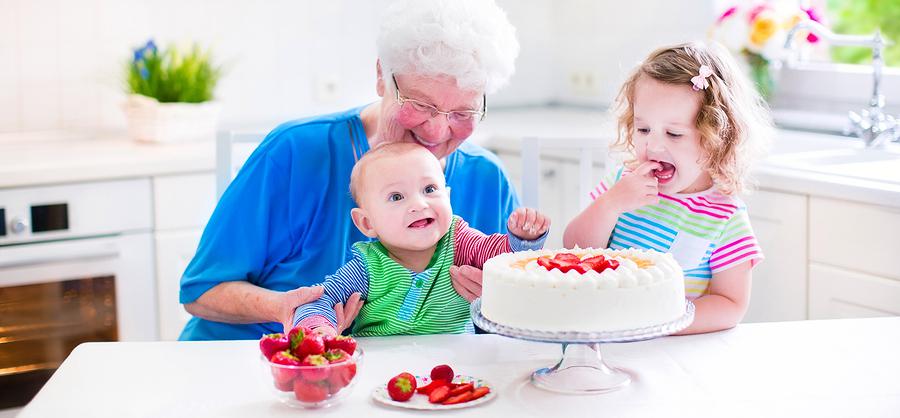Some tumbles are more serious than others, but at least most of us don't live life in fear of falling. This all changes as people get older. The consequences of a fall are greater, which means that conducting a fall risk assessment in the residences of older loved ones is a must.
Whether it's a parent, family friend, or close neighbor, you want the people you care about to live life without fear of injury -- and stay independent and mobile at the same time. They may not consider the risks around their home, so take it upon yourself to learn what to look out for and how you can make things a little safer for them.
Falls Are No Laughing Matter
The available statistics about falls paint a serious picture. One-third of all older adults (ages 65 and over) fall each year, resulting in 2.5 million emergency-department visits and more than 700,000 hospitalizations, according to the CDC. In fact, falls are the leading cause of both nonfatal and fatal injuries for this age group.
Many age-related factors contribute to fall risk, including changes in hearing, vision, muscle strength, balance, and coordination. Additionally, certain medical conditions such as arthritis, diabetes, and osteoporosis make falling more likely.
Fall Risk Assessment 101
Falls can happen anywhere, but more than half of all falls happen at home. The first step to preventing falls is identifying where they're most likely to occur and eliminating or reducing hazards. Here are some useful tips to help you recognize and act on risks within the home:
- Declutter living spaces. Keep walkways obstacle-free by moving furniture and relocating exposed cords. This creates a more open -- and safer -- living space.
- Reorganize the kitchen. Place too-high items in lower, easier-to-reach locations to avoid any unneeded climbing or reaching. Try to recognize areas where slippery surfaces could develop and place dish towels within easy reach.
- Make bathroom modifications. Apply nonslip adhesive strips to the floor of the shower or bathtub. Additionally, install grab bars beside the commode and inside and outside the bathtub/shower area.
- Enhance visibility on stairways. Keep stairways, both indoor and outdoor, clutter-free and unobstructed. Use a stabilized, well-maintained, and continuous stairway railing. Add reflective tape to the edges of each step to increase visibility.
- Be mindful of flooring. Remove throw rugs, thick carpeting, and runners. If your older loved one uses a wheelchair, walker, or cane, invest in nonskid hardwood flooring. Refrain from using wax on floors because it makes surfaces very slippery.
- Increase lighting. Ensure that all living areas are well lit and that good lighting is installed in critical areas such as entrances, stairways, hallways, the kitchen, bathrooms, and outdoor walkways.
- Install night-lights. Place night-lights around the bedroom or bathroom, or suggest leaving the bathroom light on to help them get to-and-fro in the middle of the night.
- Avoid long clothing. Feet can get tangled in long clothing such as nightgowns and robes, which increases fall risk.
- Obtain properly fitted footwear. Well-fitted shoes and slippers with rubber soles can help decrease falls by lessening foot shuffle.
- Be aware of pets. Pets often get underfoot and can cause trips. Try using a collar with bells so furry friends can be heard if they're nearby.
- Clear outdoor walkways. Check the condition of outdoor walkways and stairs. Make sure that fallen leaves, ice, or snow is removed regularly.
- Install a medical monitoring system. If your older loved one lives alone, consider a medical monitoring system to ensure quick medical attention from emergency medical services if a fall should occur.
As you can see from the above list of fall prevention tips, there's a lot to cover within the home. It's easy to overlook something simple that presents a big risk. Do your due diligence, and both you and the older person you care for will feel more at ease.




